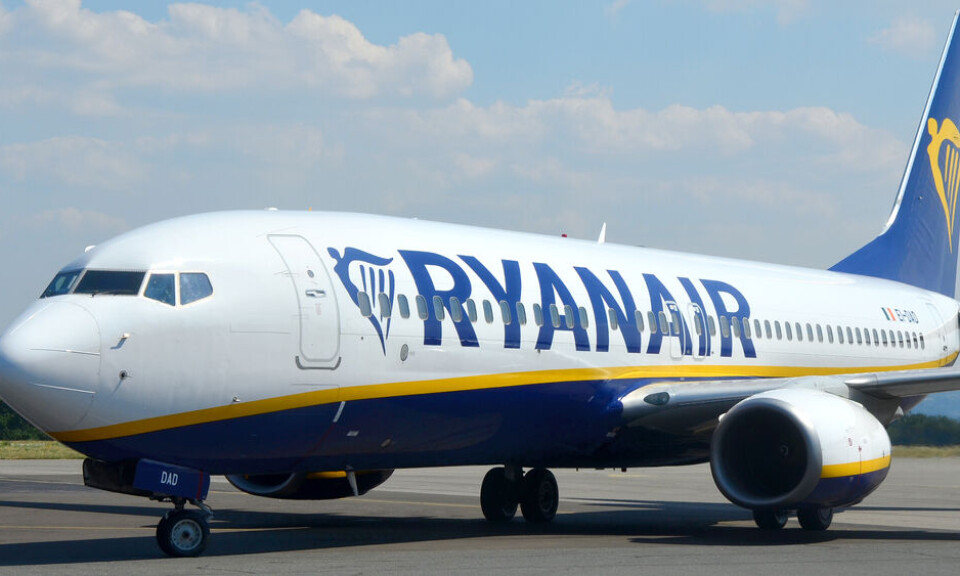-
New driving app coming soon for Spain-France motorway
Vocal alerts and live traffic updates will allow users to adapt their journey
-
Step back in time for some ‘dinosaur’ planting in your French garden
Captivated in the garden this month by one species of plant that dates back 200 million years, and another which is one of the oldest flowering plant families on the planet
-
Classic French recipe with an exotic twist: caramelised onion soup
A dish inspired by the travels of two Paris chefs
The tiny Basque island that is both French and Spanish
Since the 17th century Pheasant Island been held in joint possession by the two countries
France is officially 675,418 square kilometres when the metropolitan area and all of its overseas territories and island possessions are taken into account.
However, the territory shrinks or gains 0,000682 square kilometres every six months.
This is because of Pheasant Island, a tiny island on the Bidassoa river and a joint possession – also known as a condominium – of both Spain and France since the 17th century.
It is 210 metres long and 40 metres wide.
Authority is given to Spain from February 1 to July 31 before power is transmitted to France from August 1 to January 31.
Only during the Covid period, when the island remained a Spanish property for two years, was this diplomatic routine broken.
The island is forbidden to the public but there was a time when it was open to visitors during France’s national heritage day.
This ceased more than 10 years ago, according to Odile Artola, guide at Hendaye’s tourism office.
Origins of name
Historians do not agree on the origin of its name, some having traced it to the presence of bustards and pee-wees (magpie larks) on the small island while others have concluded it came from the French word faisance (meaning a travel toll).
The term faisants, from the old French reference to the activities of a pontonnier (someone working on a pontoon), was excluded from the list of possible explanations by historian Jean Sermet in La Controverse artificielle sur l’identification de l’Ile des Faisans.
The island was first used as a prison.
Francis I – prisoner of Charles Quint – was exchanged for two of his oldest sons on March 15, 1526.
These Enfants de France title-holders and Eléonore de Habsbourg were exchanged for two million crowns in 1530.
However, the island’s fame is mainly built on the Treaty of the Pyrénées, an agreement between Spain and France signed on November 7, 1659 to end a war that had started in 1635, and which included a marriage agreement in which Philip IV of Spain married his daughter to Louis XIV.

The island is also sometimes referred to as the ‘island of conferences’ for the 24 diplomatic meetings that were conducted between August 13 and November 7, 1659 whilst concluding the treaty.
The condominium status was granted by the treaty of Bayonne on December 2, 1856 before a convention signed on March 27, 1901 between both countries, specified by police and judicial authorities.
It is governed by regional marine captains that are referred to as viceroys, a constitutional anomaly under France’s governance since France is headed by a president – unlike Spain, which is governed by a king.
The only way to see the island is through the boardwalk on each bank of the Bidassoa.
It is mostly composed of trees, however, and uninhabited.
A stone table honouring the treaty of Pyrenees and a commemorative plaque installed under Napoleon III are featured.
Related articles
Where some of world’s best-known artists found inspiration in France
Absinthe, corkscrews, santons: 8 unusual museums to visit in France
Centre yourself in the wine-making, historical heart of France
























